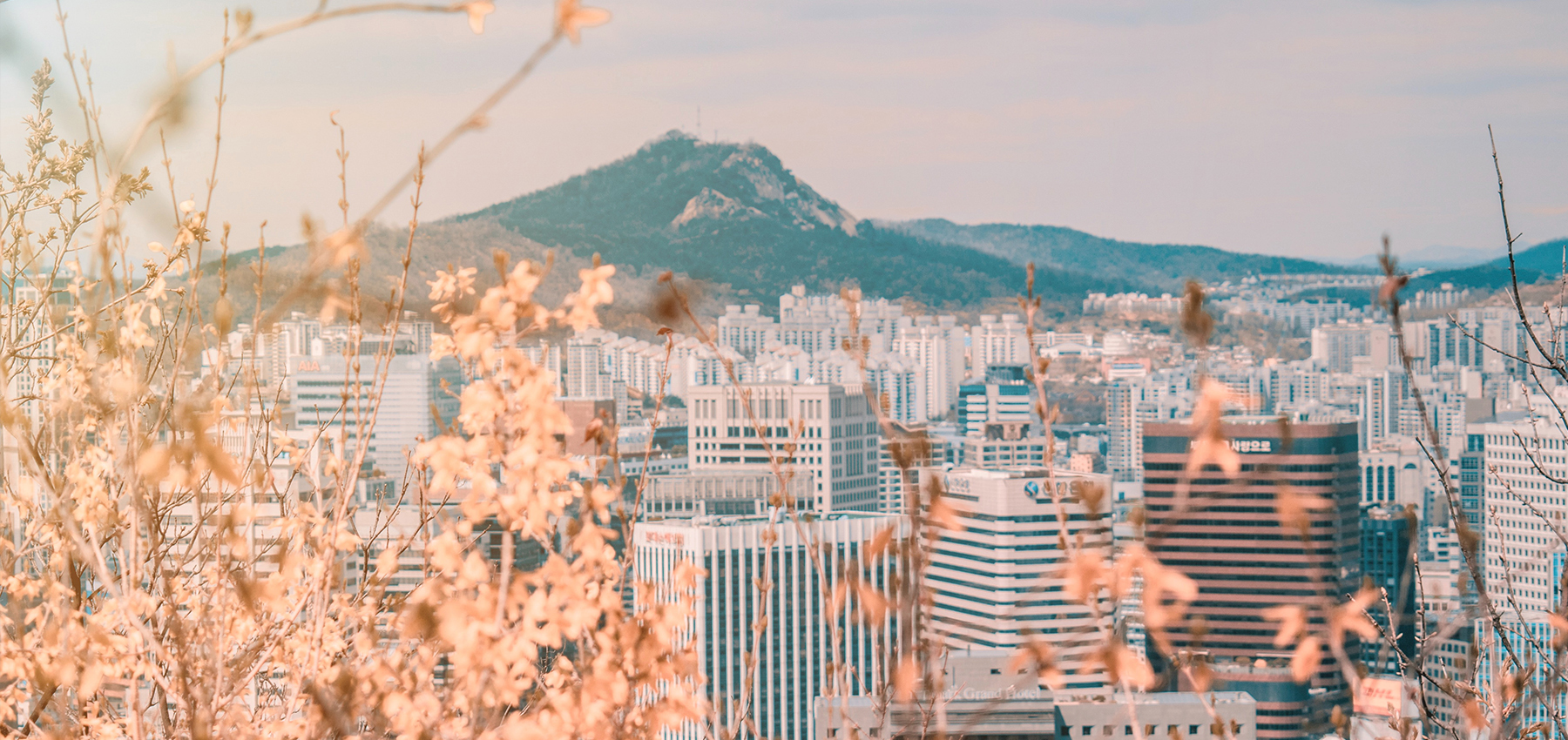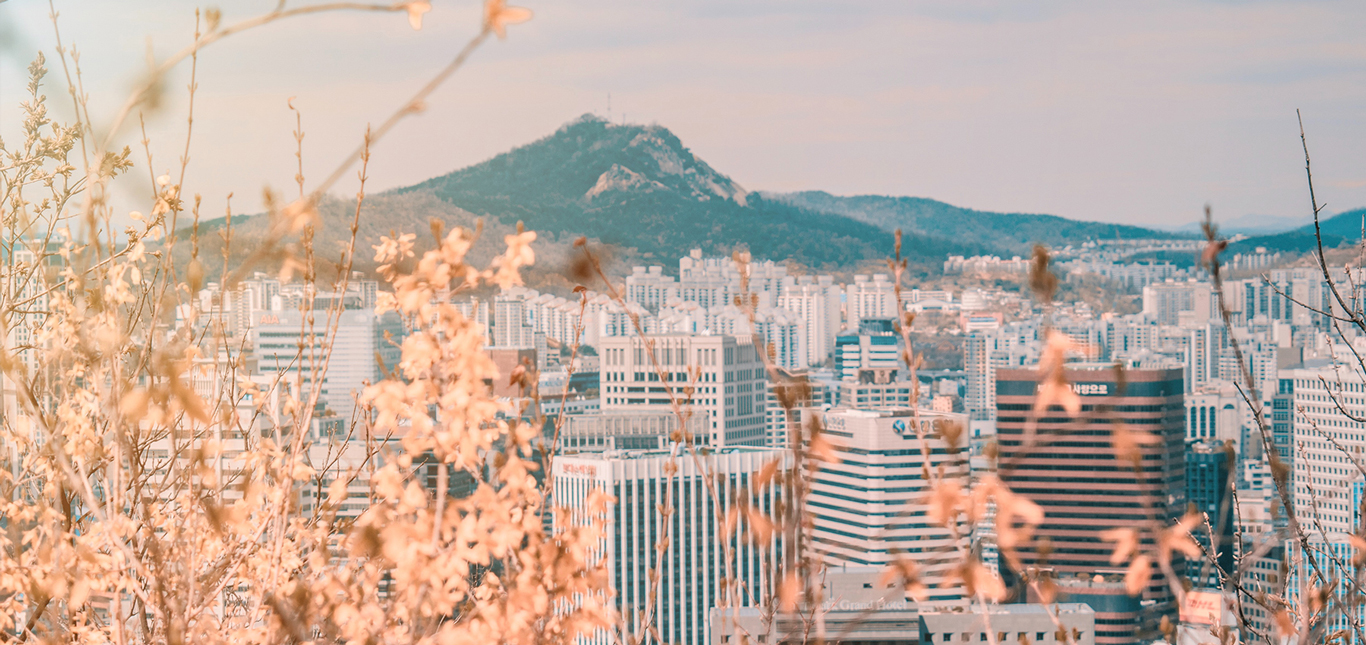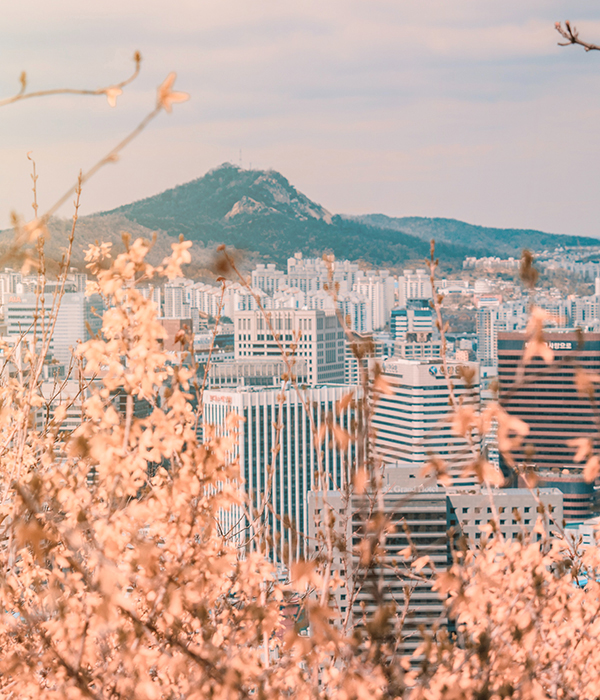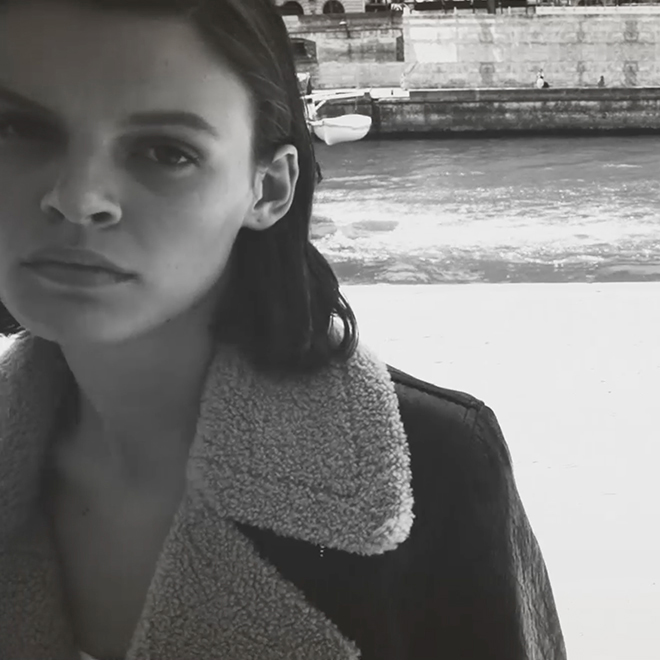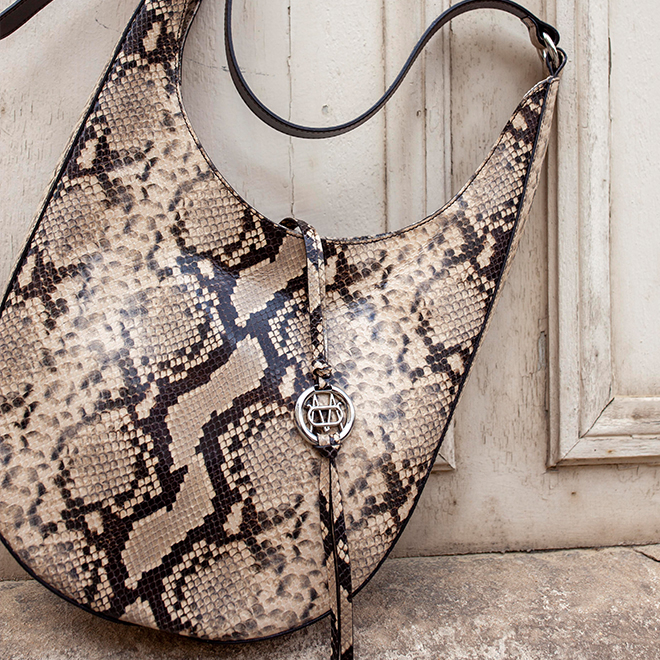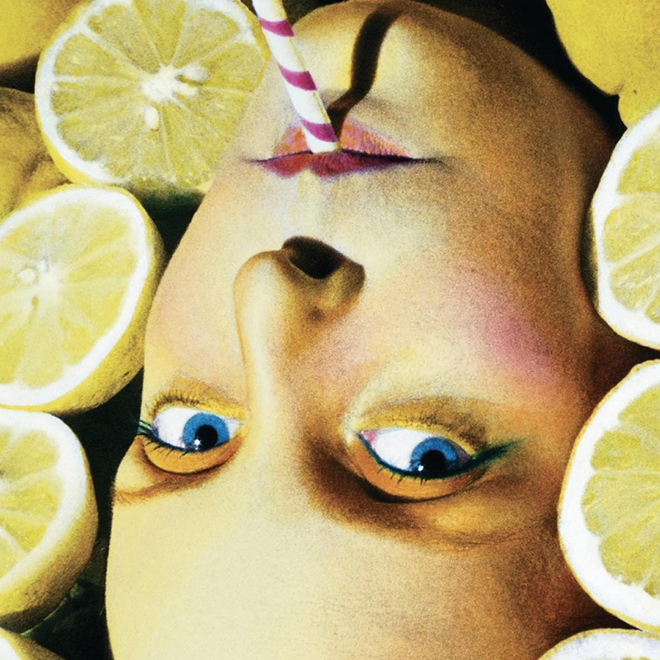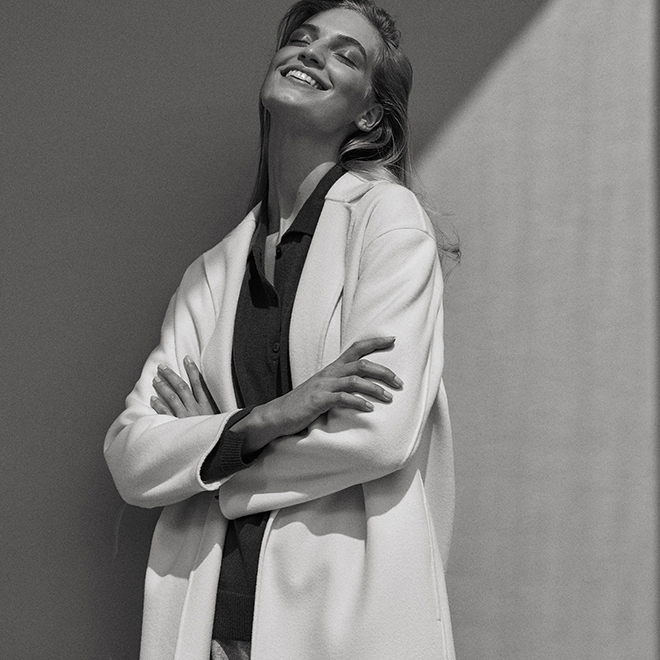Everyone is looking towards Korea. An emerging country and a reference for fashion, gastronomy, beauty and culture in general, many have already given in to the Hallyu (Korean wave).
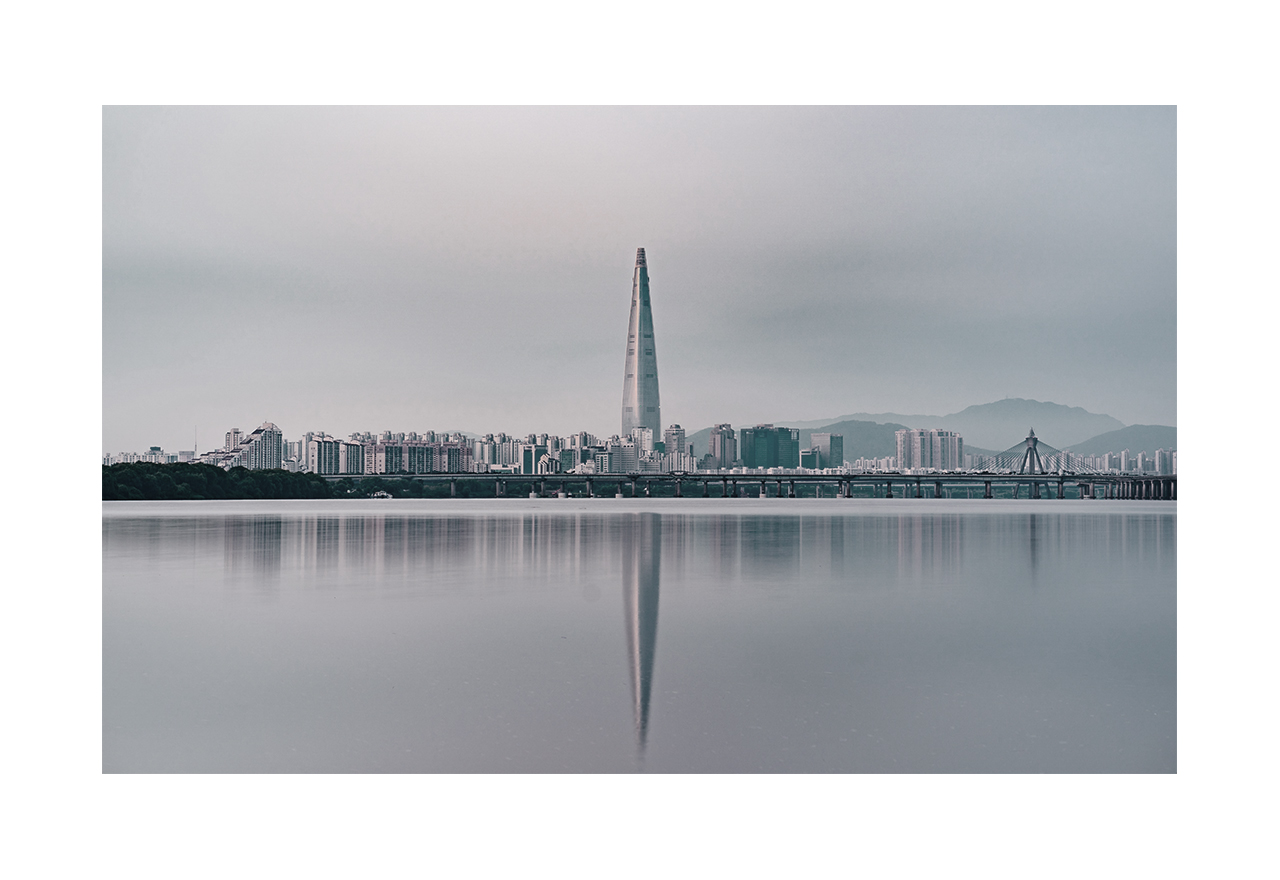
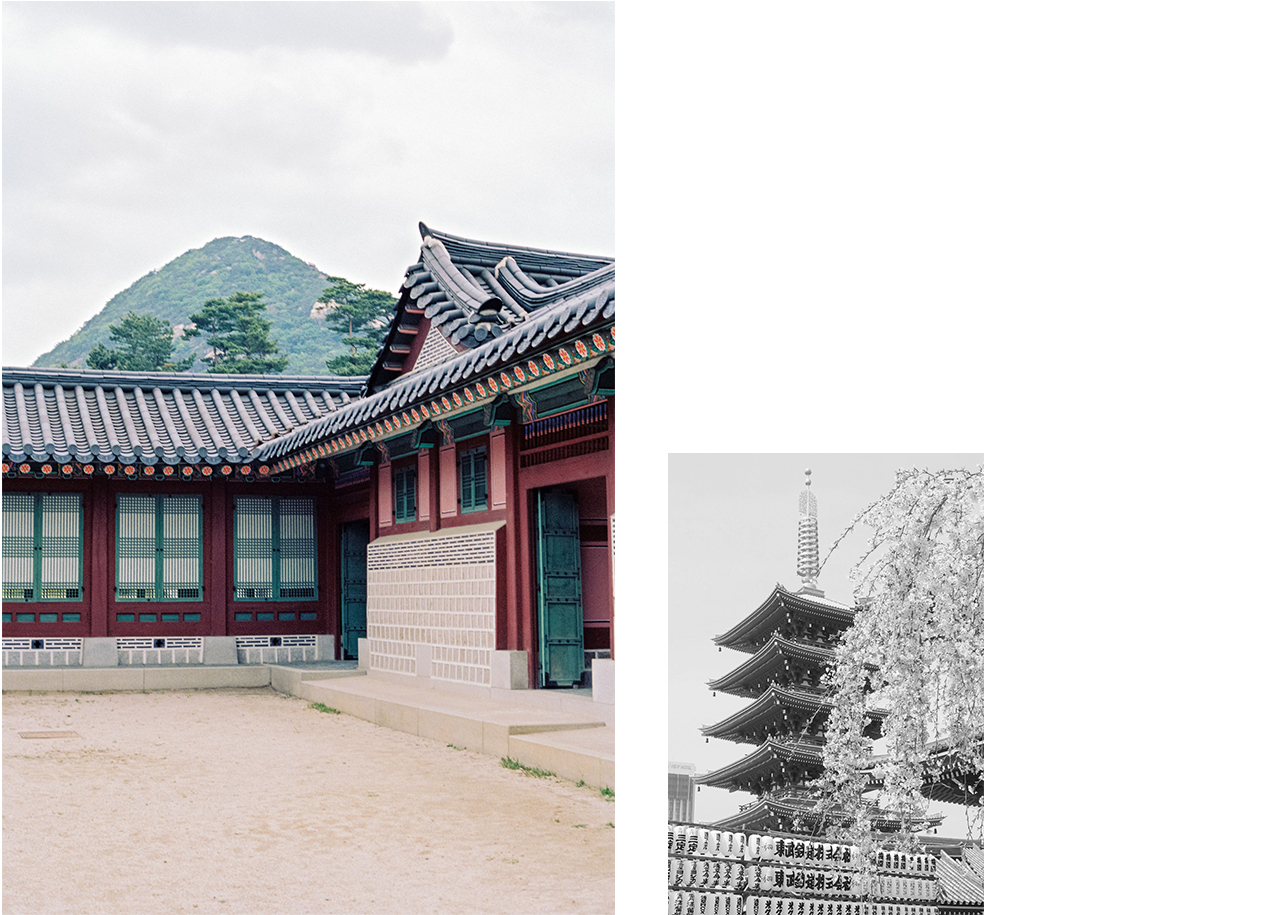
South Korea is not a very large country (it’s a fifth of the size of Spain) and can be easily travelled through. The capital city, Seoul, is a hotspot for creativity where stores and restaurants often stay open 24 hours a day. Everything changes quickly, and that frenetic rhythm is what draws more and more eager visitors to the city every day.
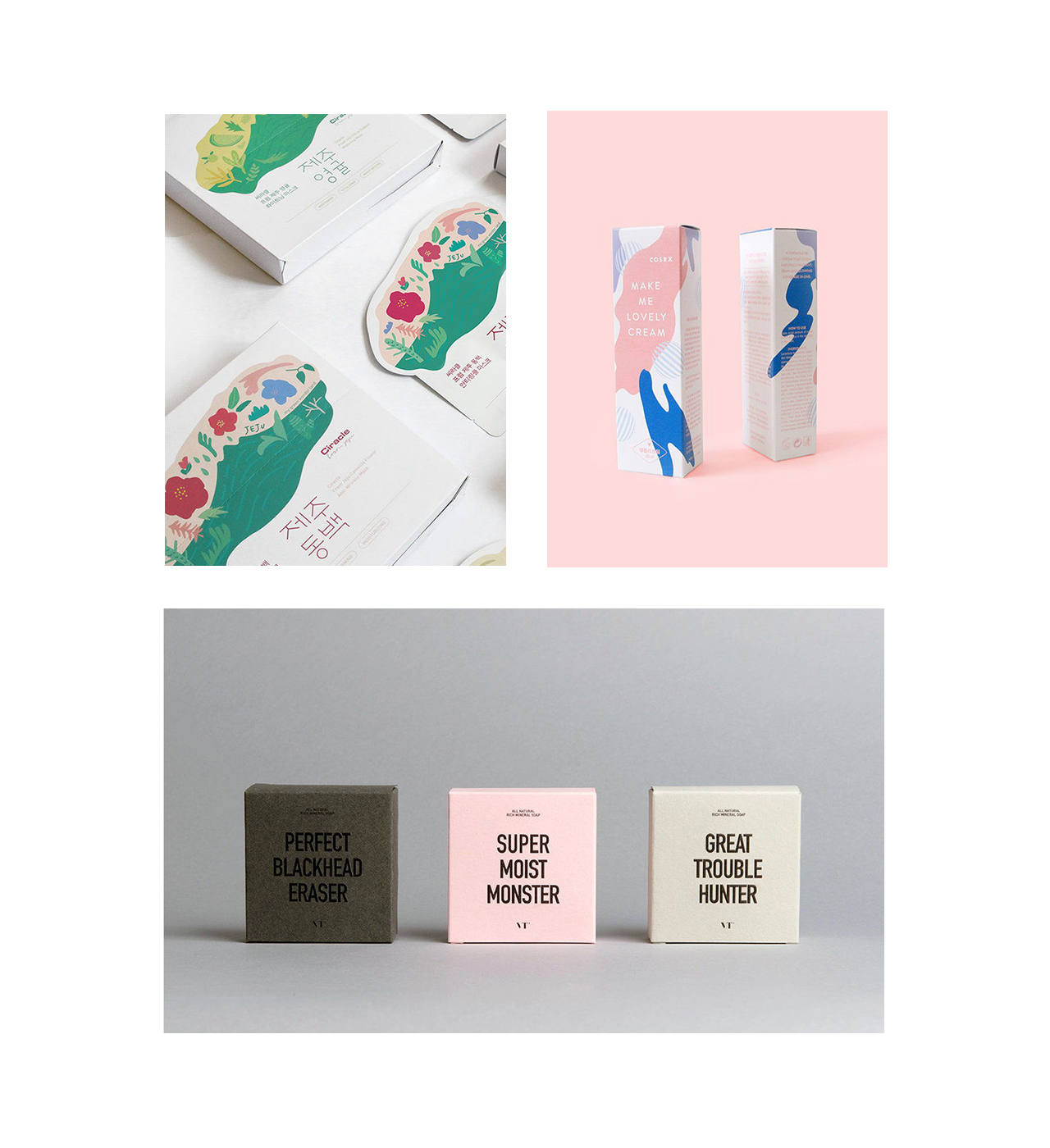
Cosmetics are still one of its greatest attractions on a global level. The quality of the beauty products continues to be above average and sales are constantly increasing. The companies in this industry generate income that exceeds €1.7 billion. The most highly requested products are oil-free foundations and long-lasting moisturising lipsticks.
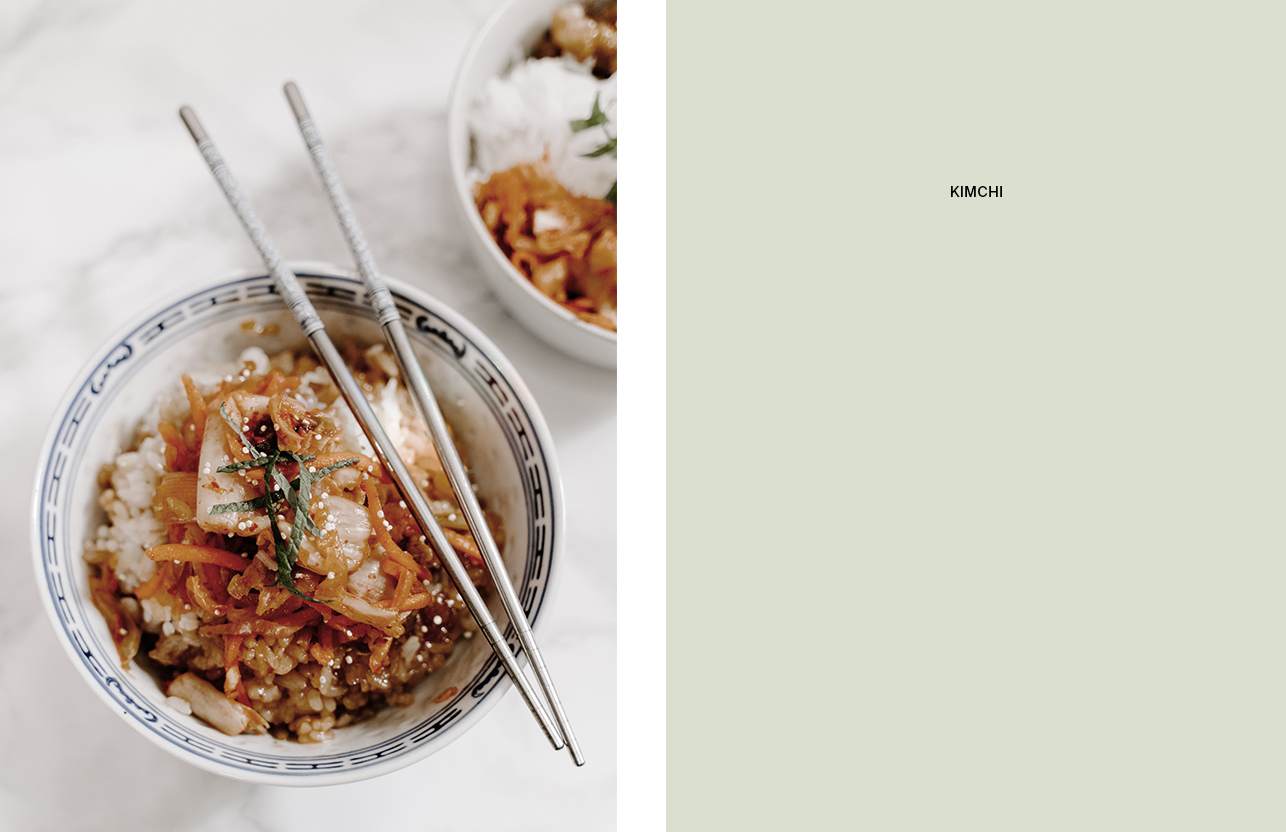
Food is one of the great incentives for discovering Korea, with local products that already form part of western menus such as ramen, Bibimbap and Bulgogi, as well as the typical Korean barbecue, Kimchi (fermented cabbage) or Danmuji (fermented radish).
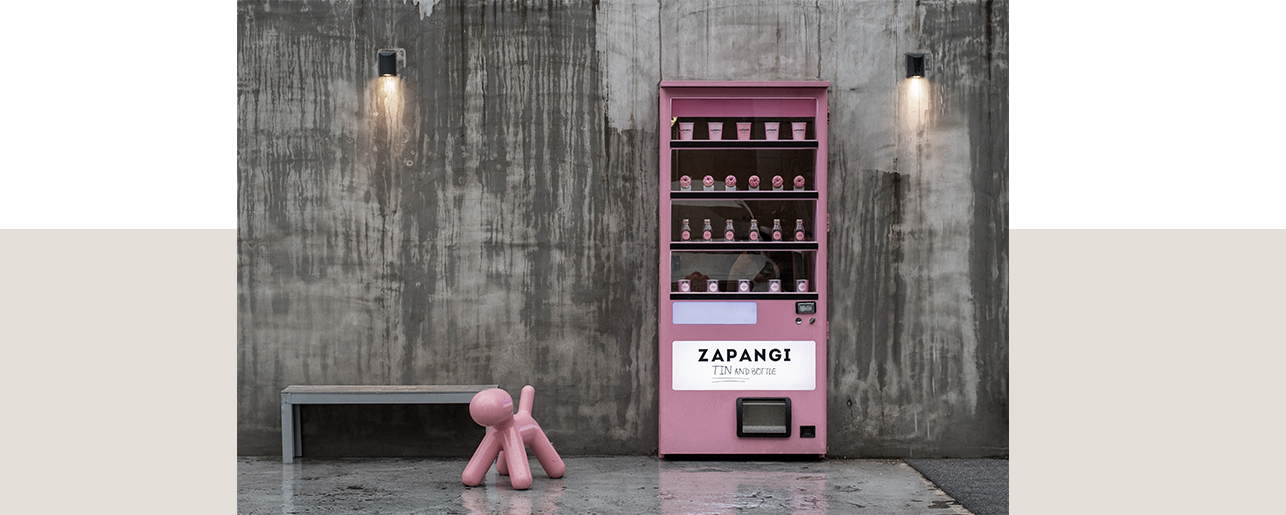
In contrast to the health & veggie movement, a bakery boom is taking place. The number of bakeries and cafés continues to grow and there is a wide variety of beautiful bakeries and cafés such as Viva Salo, All That Sweets, Zapangi and Benny Cake.
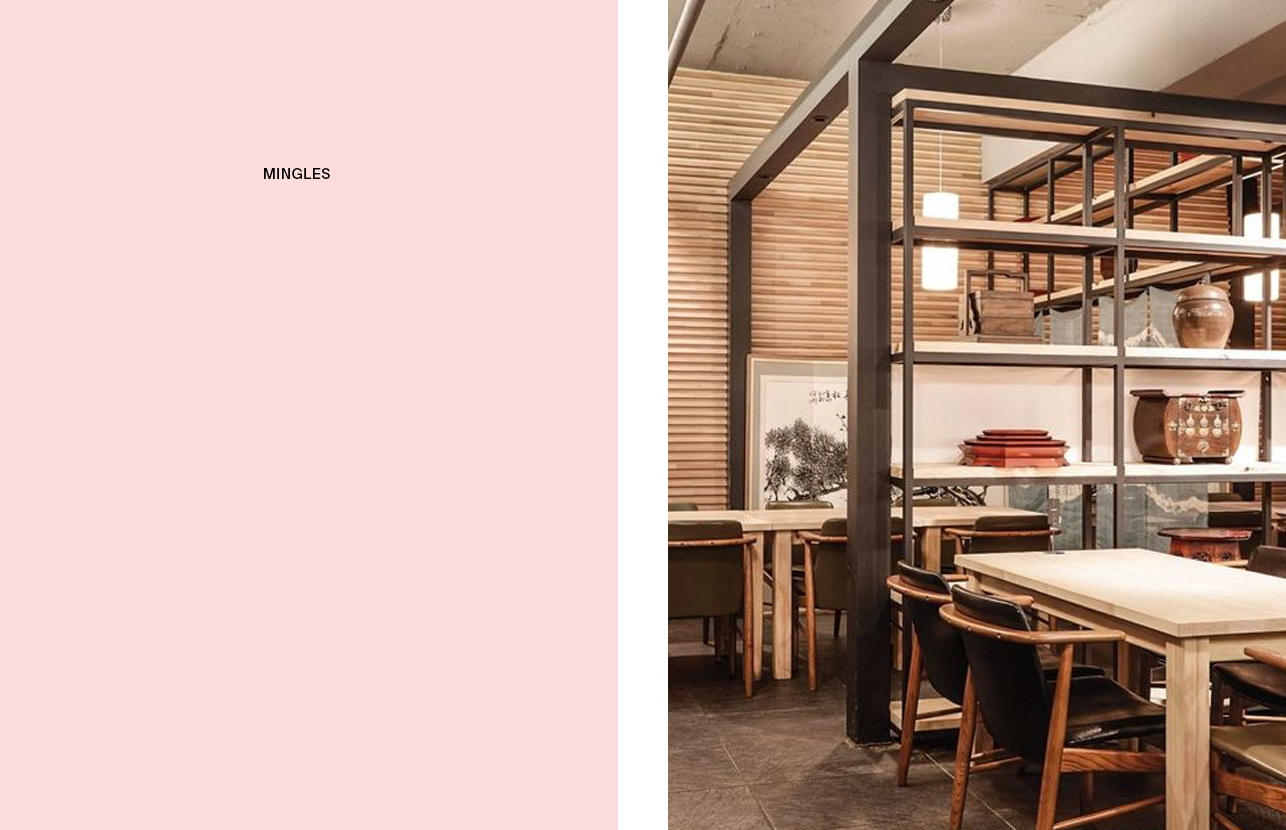
Getting a snack from the stands in Seoul is essential. Here, it is very common to eat in the street. Some interesting areas include Jongno3-Gu and Myeong-Dong Street. However, the most demanding foodies can’t miss a visit to Mingles, a modern space with a Michelin star where diners can enjoy local food at a very reasonable price.
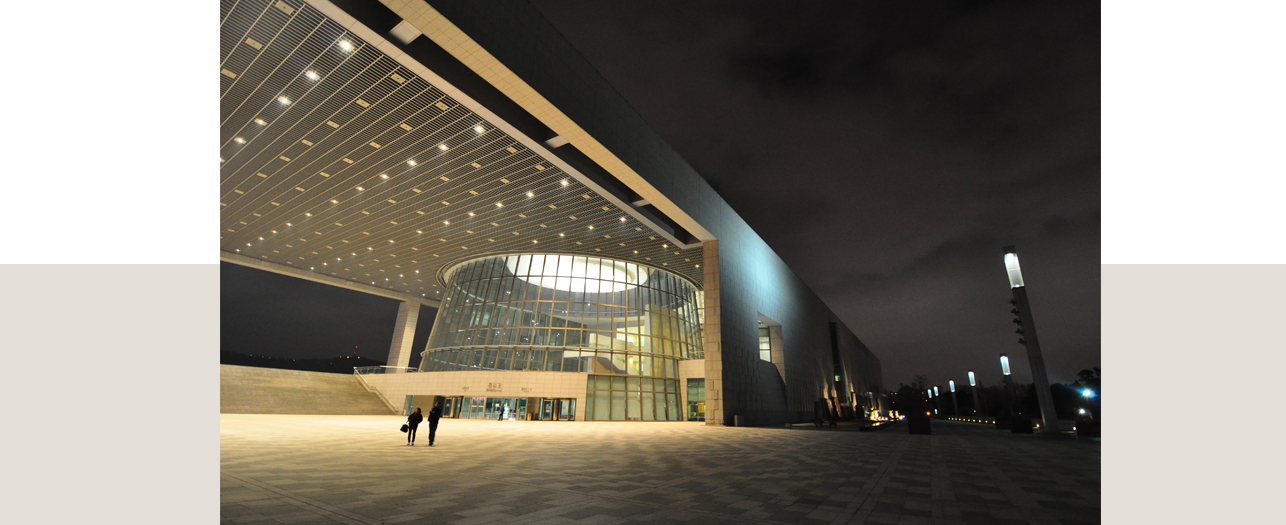
Korean culture is a current reference for the cutting edge. Seoul is full of modern, free museums such as the National Museum of Korea or the National Folklore Museum. It also has interesting libraries, such as the Starfield Library and another which is specifically dedicated to vinyls, the Hyundai Card Music Library.
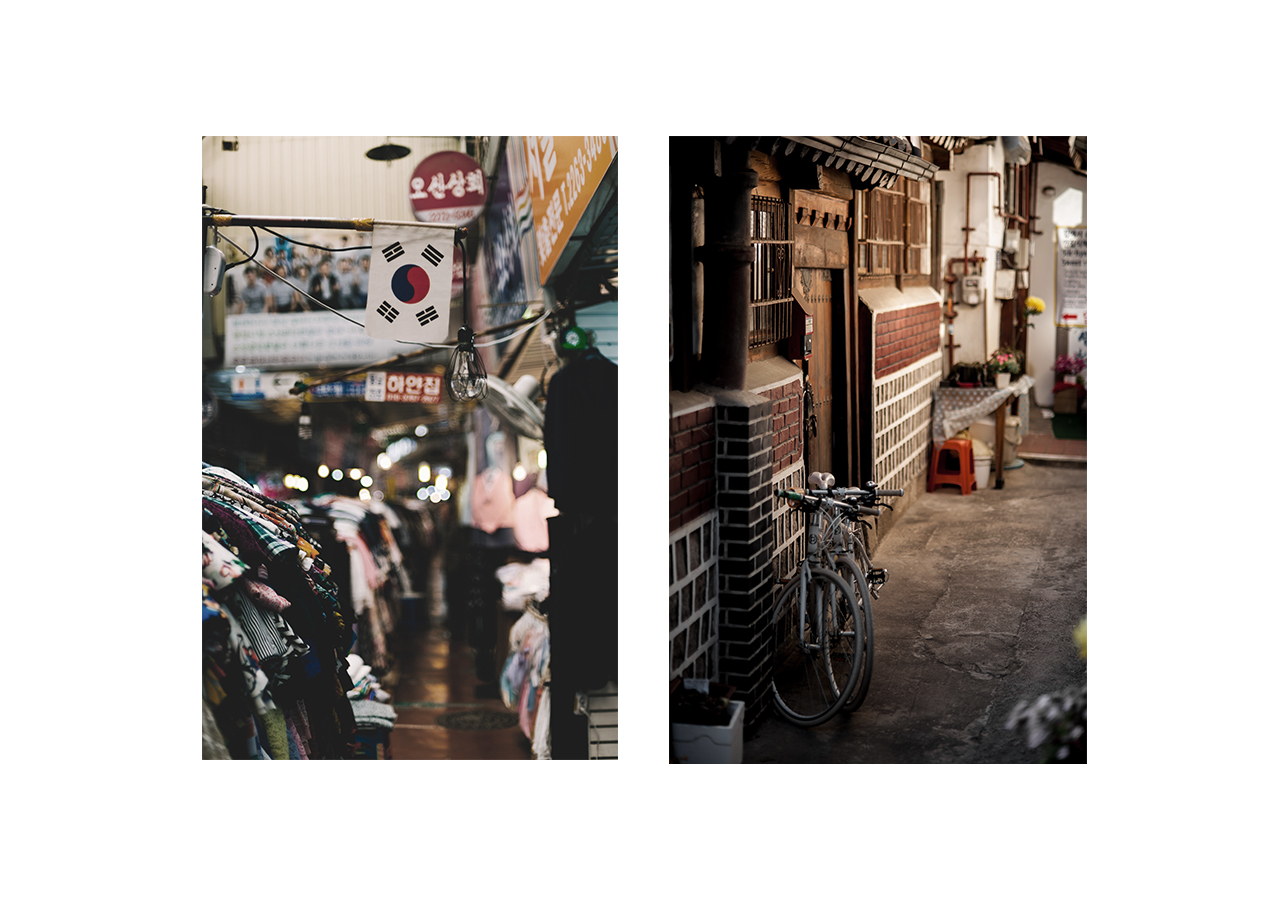
In the Korean capital there is a wide range of interesting vintage stores, particularly in the Flea Markets in the area of Hongik University. Don’t miss the Hondae Free Market, Hwanghak-dong Flea Market, Seocho Saturday Flea Market and Kwang Jang Market.
A fashionable neighbourhood that has experienced reformation is Ikseon-dong, one of the few where you can still find hanoks, traditional houses. These are mostly occupied by young creative people who have transformed them into art galleries, traditional bars, photography bookstores or unique stores.
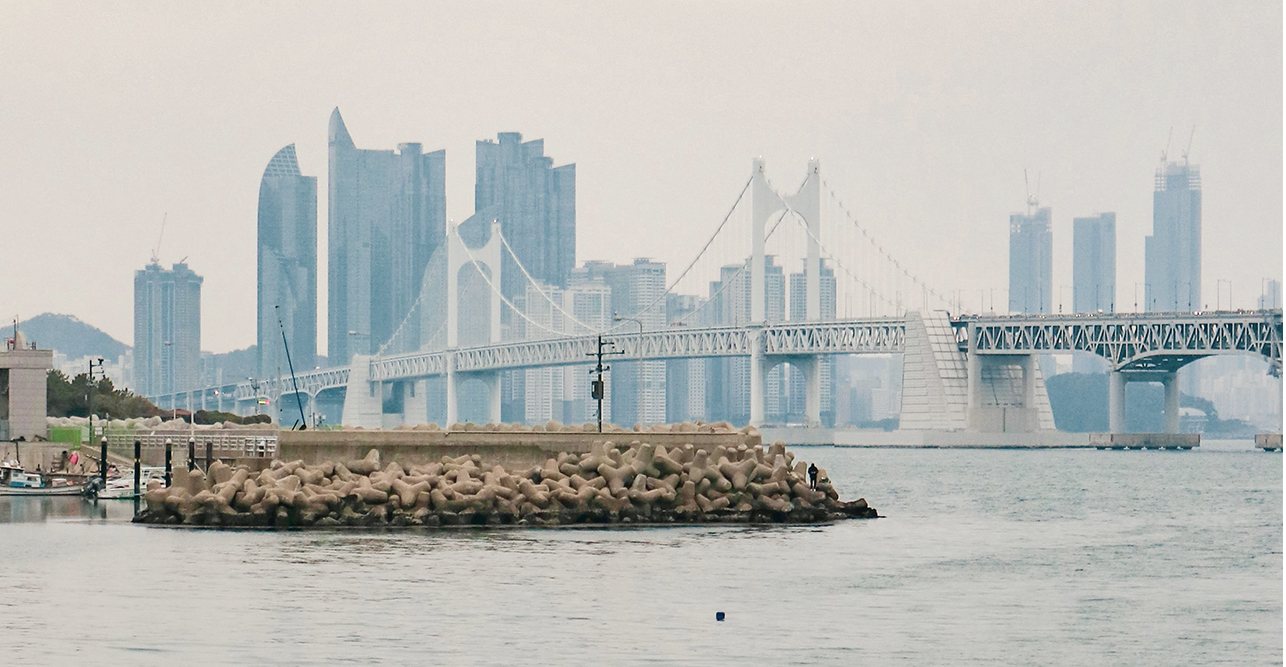
After Seoul, the second biggest city in the country is Busan. Its mountains and beaches, great street food and cosmopolitan atmosphere make it a great tourism destination for Koreans themselves and for foreigners. Its main attraction is the Jagalchi fish market, the Haeundae beach and the famous Gamcheon neighbourhood.
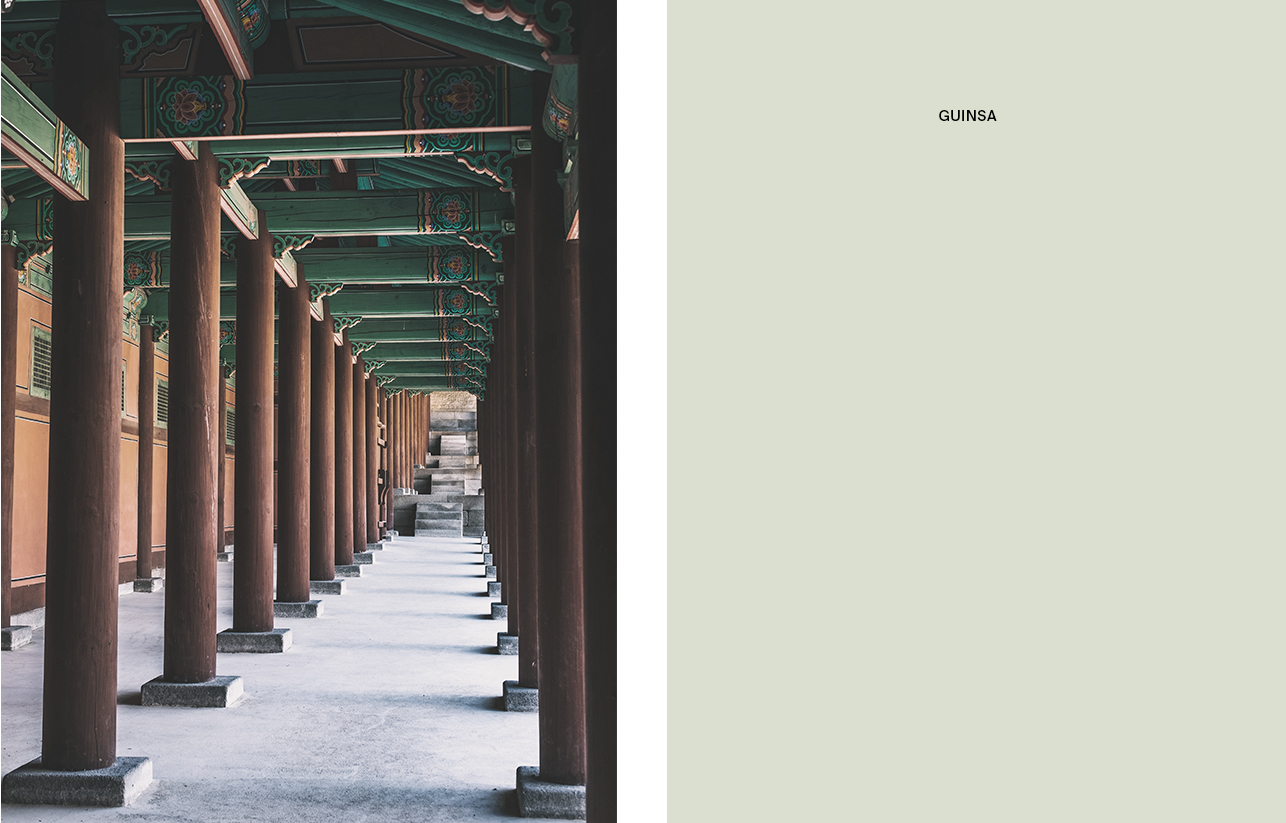
The antidote to escape from the fast-paced city life of the Koreans is a visit to the traditional temple, although the country is full of sanctuaries, one of the best options is Guinsa. This is in the Sobaeksan national park, where we can also find the Sobaeksan mountain, one of the tallest peaks in the country.
